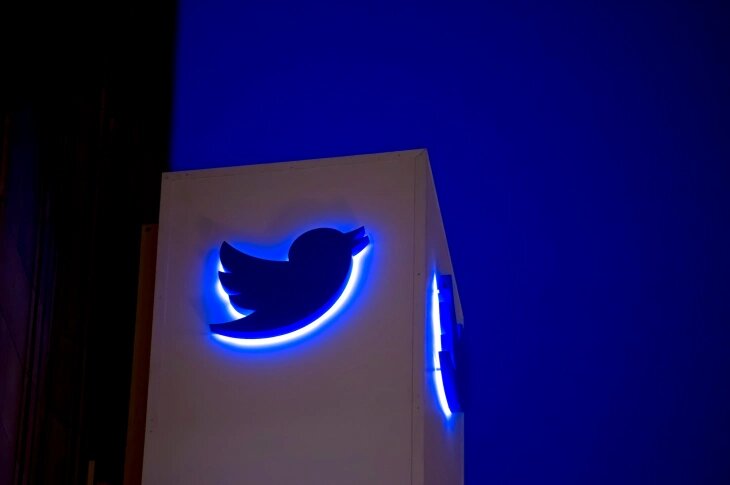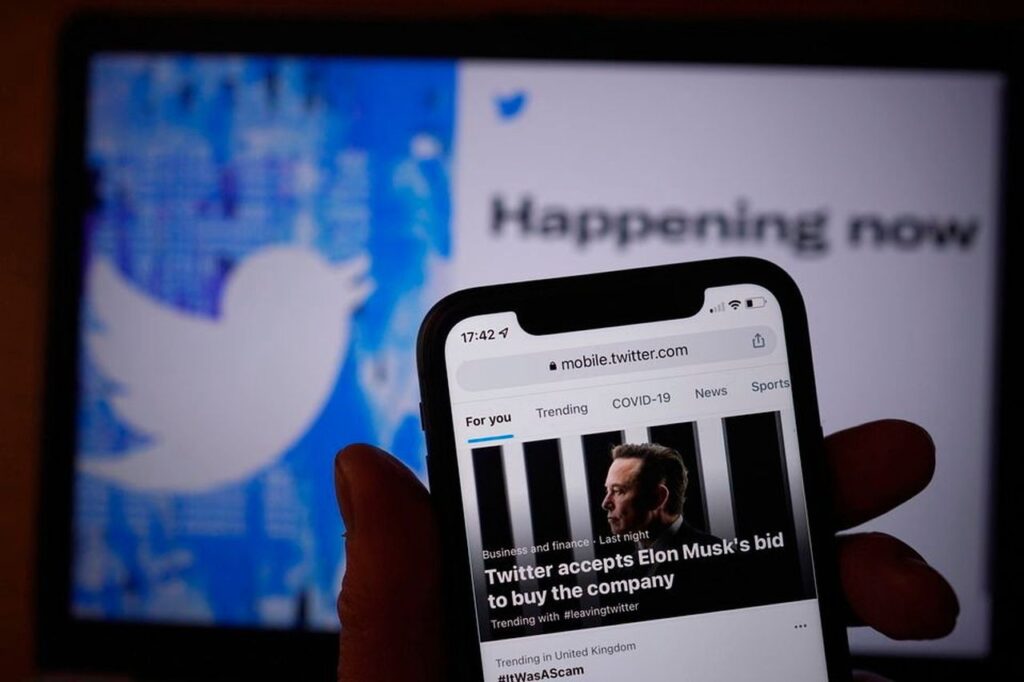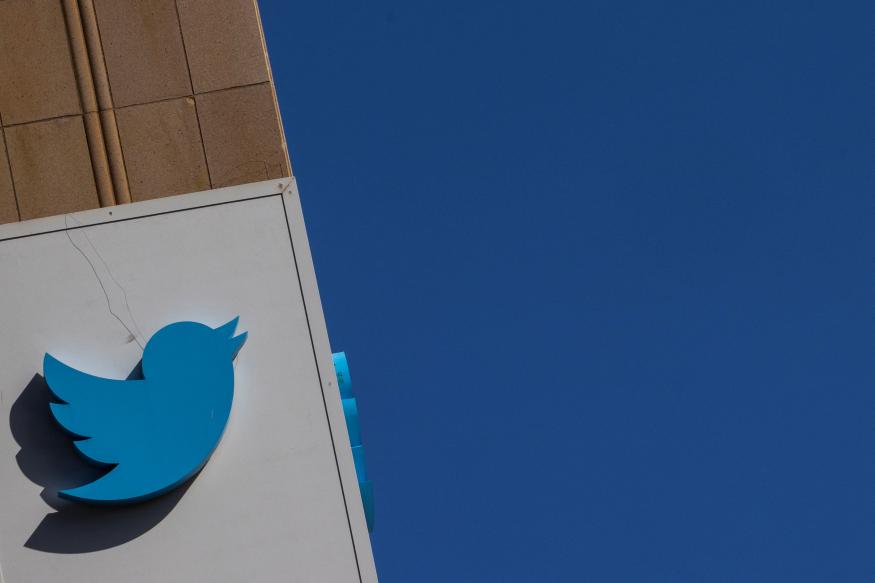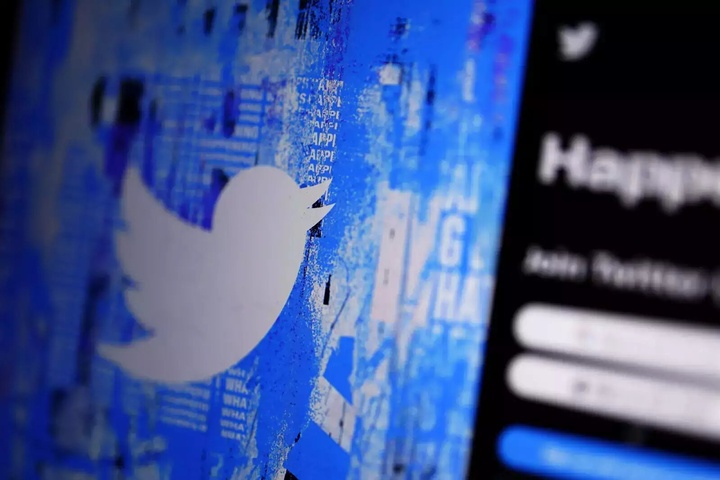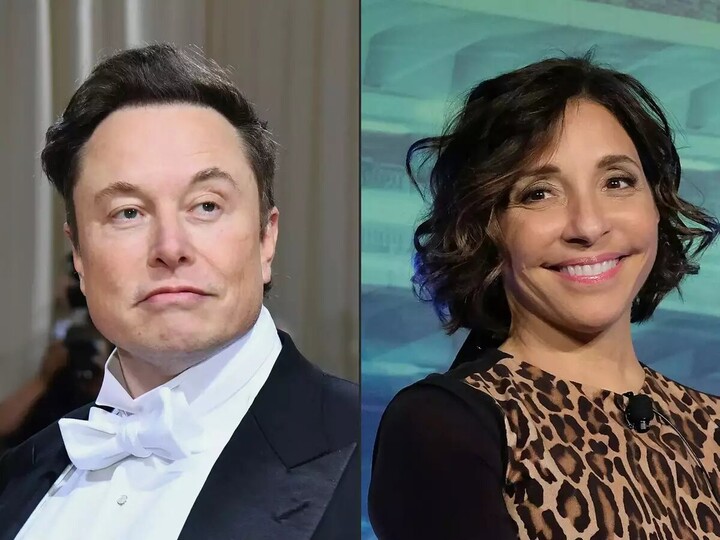Is Twitter changing its logo to an ‘X’?
After recognizing that sponsors have been hesitant about coming back, Twitter Inc. owner Elon Musk sent an indication on Sunday that he would be doing more to steer the social networking firm on a fresh path with a makeover that would change its widely recognized blue bird logo by a letter X.
The adjustment was made as a result of Elon Musk’s latest revelation that marketing revenue is still only about half what it previously was; however, it was not immediately apparent on the site’s homepage on Sunday evening. And as a consequence of it and its high debt level, the platform’s financial performance has been negative.
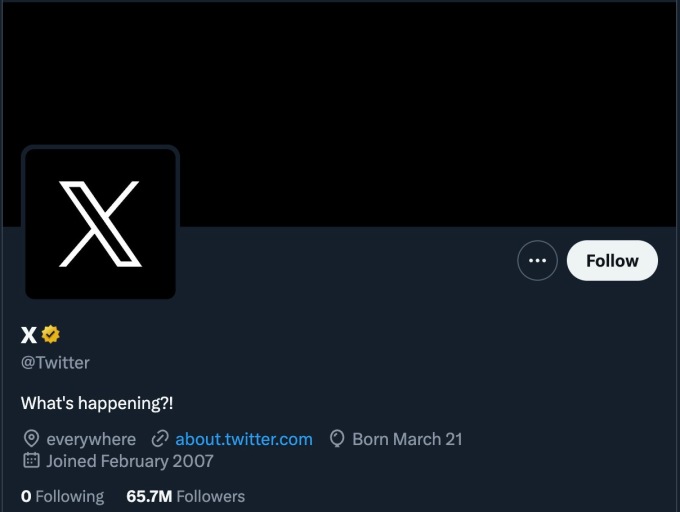
The decision, according to Mike Proulx who is a research director at Forrester, would even more disturb Twitter’s setting down and once highly devoted user base.
“On the one hand, you can make the argument he would be getting rid of an iconic brand. On the other hand, he is signaling it is a new day for what was once Twitter and that the company is heading in a different direction with a different user base.”
Source: reuters.com
In a message published on Sunday, billionaire businessman Musk expressed his desire to alter Twitter’s logo and asked his millions of supporters if they would support switching the website’s blue color palette to black.
Also Read: Samsung Galaxy Unpacked July 2023: Everything to expect
He shared a photo of a stylized X on a black backdrop with an astronaut motif.
“And soon we shall bid adieu to the Twitter brand and, gradually, all the birds,” he said.
Source: reuters.com
On a late Sunday afternoon, Twitter’s new CEO Linda Yaccarino in a tweet stated that it is an exceptionally difficult thing to get a second chance, whether it is life or business. Twitter left a lasting effect and revolutionized communication. The global town square will now go through an additional modification which was only possible because of X.
The firm has modified its name to X Corp according to Musk’s turbulent leadership since he purchased Twitter in October, symbolizing the billionaire’s desire to become a “super application,” similar to China’s WeChat.
Twitter’s iconic blue bird logo in April was momentarily substituted by “The Shiba Inu dog” from Dogecoin which contributed to a hike in the cryptocurrency’s value on the market.
When Musk revealed at the beginning of the month that Twitter will limit the number of tweets per day different accounts may view, the business received harsh criticism from consumers and marketing experts.

I am a student pursuing my bachelor’s in information technology. I have a interest in writing so, I am working a freelance content writer because I enjoy writing. I also write poetries. I believe in the quote by anne frank “paper has more patience than person
